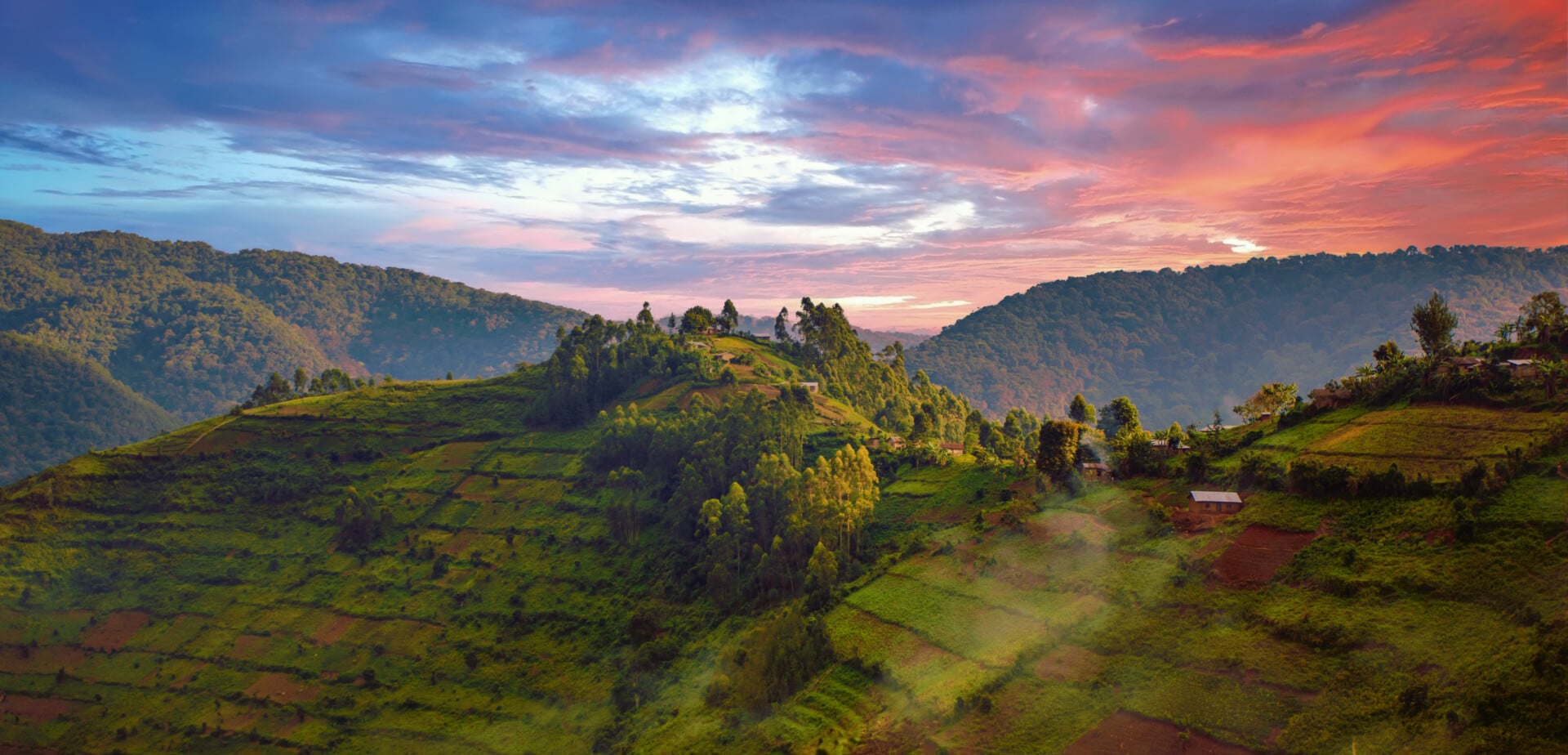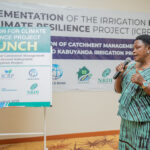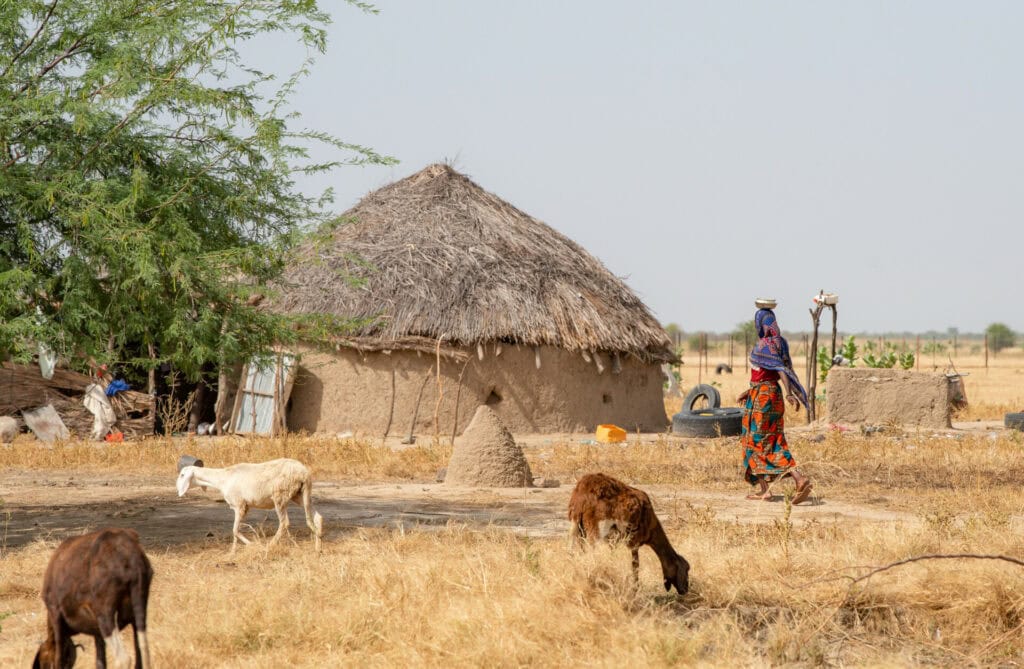Improved livelihoods through integrated water resources management

Climate change has exerted substantial effects on water cycles worldwide by changing the seasonal pattern of water resources. Agago District in Uganda is particularly affected, where water flows are expected to exceed socio-ecological thresholds for hydrological cycles. This impacts ecosystems and people’s livelihoods and well-being. Coupled with environmental degradation due to flooding, deforestation and excessive tree cutting, crop and cattle farming become less productive, which intensifies the vulnerability of local populations.
HOW DO WE SECURE WATER TO MEET COMMUNITIES’ NEEDS?
The answers, we find, does not lie in one approach, but with the integration of many. The combination of Integrated Water Resource Management (IWRM) and Village and Loans Saving Associations (VSLAs) in Kamrono village, Lira Kato proved the viability of a multi-faceted approach in addressing environmental risks and the need for water resources. To improve their livelihoods, community members who are benefiting from Aidenvironment’s IWRM demonstration project in Kamrono village decided to set up a Village Saving and Loans Association (VSLA). The objective was to sustain effective IWRM practices, such as tree planting and soil and water conservation. Community members met regularly to support each other and reinforce saving patters, with an aim to take small loans when their financial base is secure. The purpose of this VSLA is to provide simple savings and loan facilities in a community that does not have easy access to formal financial services.
HOW DOES THE VSLA SCHEME IN KAMRONO WORK?
The Village Savings and Loan Association (VSLA) scheme in Kamrono aimed to empower community members by providing its members basic financial services–a safe place to store their money, access loans and obtain emergency insurance. The VSLA is governed and managed entirely by the members. The methodology is designed to encourage a culture of saving among members who commit to save regular amounts on a monthly basis. Members can borrow from the VSLA using their savings as collateral without necessarily having to sell their property or crops at a cheap price in times of need or emergencies. Savings too enable scaling IWRM activities in the community. In coping with the challenges of the Acholi region, VSLA-funded IWRM initiatives provided a sustainable approach towards improving livelihood conditions through better management of natural resources.
BUILDING CAPACITY FOR CLIMATE RESILIENCE
Aidenvironment’s work with the community increased their knowledge and capacity for managing IWRM as a process, instead of a single goal to be accomplished. As a group, community members dug trenches on farmlands for soil and water conservation and planted trees to influence rainfall patterns. This helps cope with the consequences of climate change, while working towards sustainable livelihoods, poverty alleviation, food security and disaster management. The community-led VSLA built systems and provided resources that ensure the sustainability of IWRM efforts.
To further explore the integration of VSLA in climate change adaptation, or to find out more about our project in the Kamrono village, reach out to Okot Emmy Brian.



